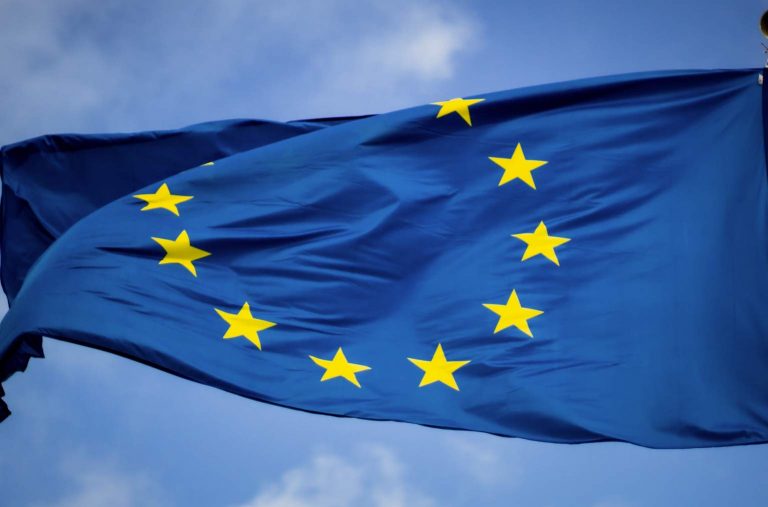
Rose Tinted Spectacles
The European sovereign debt crisis that gripped the eurozone at the beginning of this decade has left the bloc with rose tinted spectacles. During the crisis, the economic performance of key Eurozone member states tumbled considerably. Shown in the Graph below, the economic growth rate within previously flourishing and affluent member states tumbled during the crisis. In fact, only the fiscally sustainable nation of Germany, with an infatuation towards a balanced budgets and structural austerity, survived relatively unscathed.
More than headline national accounts and gross domestic product, the crisis hurt citizens: the rate of youth unemployment doubled in a matter of months, converging around 20% in Ireland, Greece and Spain. This woeful economic performance coincided, and contributed to, considerable social and political unrest; two phenomena that are particularly business UNfriendly! However, as business conditions eased, and economic growth returned several years into the decade, the tide started to turn on confidence and investment. Now though, the trend appears somewhat overbaked!
The Euro has rallied impressively throughout 2017 and 2018 to date. Having survived numerous and high salience national elections, the Euro remains poised for a strong and sustained appreciation in the eyes of many investors. However, economic confidence may appear to be on the turn.
Economic confidence indicators are labelled as ‘soft’ data, due to their reliance upon sentiment and survey data. The data consistently proves to be more dynamic and reactive to economic movements than traditional hard data and national account. Admittedly, the data often comprises of considerable noise. Despite the limitation of sentiment-based indicators, they do have a fundamental and inalienable correlation with economic performance and more lagging hard data. As such, they still confer a high salience and the capacity to move exchange rates.
Following the remarkably poor economic performance during the European sovereign debt crisis described above, the purchasing managers are viewing the Eurozone with rose-tinted spectacles. The Eurozone soft, sentiment-based, data stands close to an all-time high, despite the underwhelming political and economic landscape. Worryingly for the Euro, the sentiment-based data may be on the turn:
This week, yesterday, vast purchasing managers’ index (PMI) data was released, providing a timely update on the Eurozone economy. At the national level, the composite performance in Italy and Germany fell considerably. Moreover, across the entire Eurozone, services and manufacturing indices underwhelmed expectations and fell at the aggregate level.
Accordingly, the Euro has underperformed towards the end of this week, weakening up to 1.1460 against the Pound this afternoon and falling as low as 1.2215 against the Dollar. As Federal Reserve chairman Jay Powell speaks this afternoon following extensive labour market data in the united states, the latter currency pair, EURUSD, could be a pivotal pair.
Related Insights

Daily Brief – Sterling
Sterling No sooner had the financial press written that Sterling was on the skids due to the Chancellor being on the way out, than PM Starmer woke up to the need for some TLC for his beleaguered Chancellor and executed a handbrake turn to administer some gruesome bedside cheer to the apparently on life support […]

Daily Brief – EU Inflation
EU Inflation With the ECB annual symposium meeting in sunny Sintra, Portugal, inflation is very much on President Lagarde’s mind ; that is because it is showing signs of rising with the monthly inflation rate showing an increase of 0.3% and that presages a break above the target 2% rate just as she and her colleagues […]

Daily Brief – Gold
Gold With Gold accounting for the second highest proportion of Central Bank reserves after the USD and the mood music shifting to it assuming a greater influence on future reserves management, it is worth looking at the numbers behind that. In the 1960s, Central Banks held the highest amount historically of 38,000 tons of gold. […]


 Humphrey Percy
Humphrey Percy